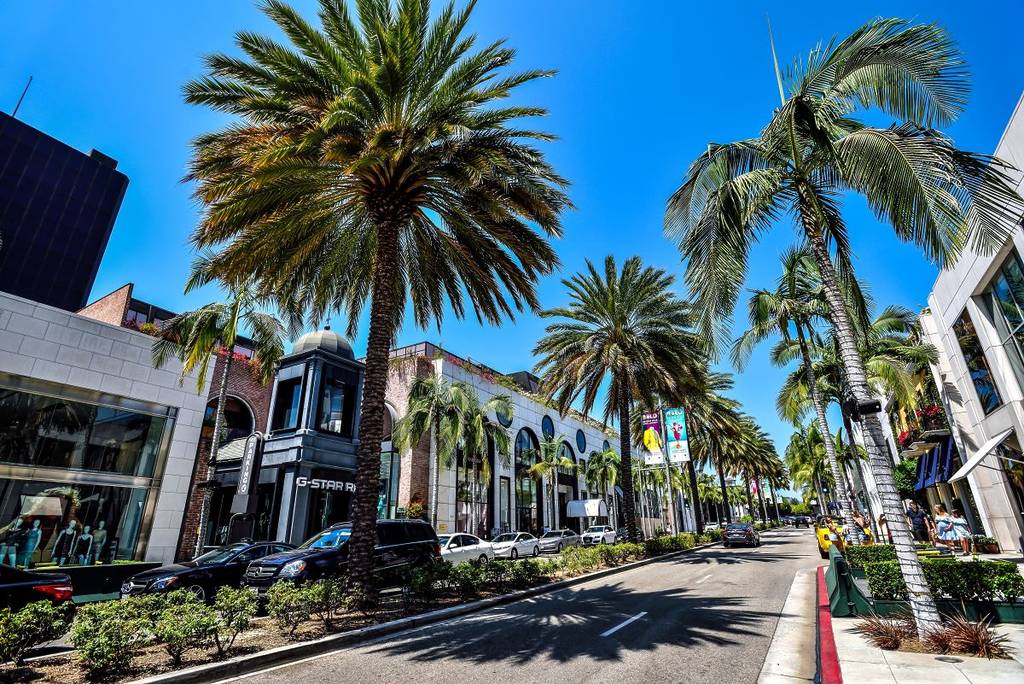Urban Diplomacy and Its Role in Informal International Relations
Urban diplomacy, or paradiplomacy, refers to the international engagements and collaborations of local governments and municipalities. Within this framework, mayors and city officials utilize tools such as sister-city agreements, working groups, and inter-city networks to pursue their cities’ economic and cultural interests on a transnational level. Urban diplomacy complements the formal diplomacy of national governments and, through informal and direct communications, fosters new opportunities for trade, tourism, and investment. In other words, municipalities engage in international affairs beyond national borders to enhance citizens’ well-being and promote local identity. The role of urban diplomacy in informal relations is significant: for instance, Hachigian, a former U.S. ambassador and deputy mayor of Los Angeles, writes that mayors worldwide take leadership roles in issues such as trade development and environmental protection, emphasizing the value of global cultural, educational, and commercial ties for citizens. Additionally, the establishment of sister-city agreements between cities (e.g., Tehran-Beijing or Rasht-Yangzhou) has been actively pursued, creating opportunities for cultural and economic interactions that can significantly impact transnational international relations. Thus, urban diplomacy primarily leverages networking capacities and direct city-to-city connections to promote economic marketing, attract tourists, and strengthen cultural interactions.
Examples of Cities and Urban Diplomacy Initiatives
- Los Angeles (United States): The Los Angeles municipality has established an international office and collaborates with consulates and trade offices of over 100 countries. These connections have, in various ways, contributed to attracting foreign investment and enhancing job opportunities in the city. For example, reports indicate that foreign direct investment has led to the expansion of local businesses, and international tourism generates over half a million jobs annually in the Los Angeles area.

- Boston and Columbus (United States): These cities, due to their large immigrant populations and targeted economic strategies, maintain active international relations. Specifically, Columbus has succeeded in attracting foreign investment in advanced industries, transitioning its economy from traditional sectors like steelmaking to modern technologies, thereby creating jobs. In Boston, the active immigrant community plays a significant role in people-to-people and cultural diplomacy.

- Baltimore (United States): The Baltimore municipality has attracted new tourists by launching international cultural festivals. For instance, the Light City festival, organized in collaboration with Baltimore’s Office of Arts and Urban Communications, has garnered widespread attention from both within and outside the United States. Such events demonstrate how international relations can be strengthened through cultural diplomacy at the city level.

Positive Impacts of Urban Diplomacy
- Trade Development: Urban diplomacy facilitates the expansion of inter-city and international trade by establishing direct connections among economic actors in different cities. Networks and sister-city agreements provide a foundation for joint economic projects and technology transfers. Studies show that sister-city activities in 2014 contributed approximately $525.7 million to the U.S. economy and over $18.5 billion to the global economy. In other words, urban diplomacy, through people-to-people interactions and commercial-cultural events, significantly contributes to the growth of global trade revenues and investment.
- Increased Tourism and Cultural Exchanges: Urban diplomatic activities also impact tourism attraction. Hosting international cultural festivals and exhibitions or establishing sister-city relationships enhances cities’ global recognition. For example, Baltimore’s Light City festival has drawn thousands of tourists and international media. Additionally, cultural diplomacy between cities strengthens a positive global image; as a study in Iran notes, sister-city agreements can enhance a city’s image among culture-loving populations of both countries. Overall, expanding cultural relations and exchanges of students and artists through city offices fosters the growth of the tourism industry and mutual learning.
- Job Creation: One of the key objectives of urban diplomacy is to stimulate the local job market. Attracting foreign investment and hosting events create new employment opportunities. For instance, in Los Angeles, foreign investments have driven business growth and job creation, while international tourism generates over half a million direct jobs annually in the region. At the national level, programs like SelectUSA in the United States demonstrate the significant role of foreign direct investment in employment; since 2007, this program has attracted over $146 billion in investment and created approximately 166,000 jobs. Cities like Columbus, by strategically targeting foreign investment in high-tech sectors, have steered their economies toward job-generating industries, creating new employment opportunities.

Negative Impacts and Challenges
- Unhealthy Competition Between Cities: The pursuit of major projects or global investment can lead to excessive competition among cities. In some cases, cities offer substantial financial incentives. For example, in the bidding for Amazon’s second headquarters, various U.S. cities collectively offered over $2 billion in tax incentives and subsidies. This competition ultimately faced protests and criticism, indicating that such an approach may increase living costs and affect local credibility. These examples suggest that intense competition among mayors and city managers can lead to misguided and detrimental decisions for the local economy.
- Inequality in Cities’ Benefits: Larger and wealthier cities, with greater financial resources and broader international networks, typically have more capacity to capitalize on urban diplomacy opportunities. This may widen the economic-social gap between affluent and less privileged cities. Smaller and less developed cities, compared to metropolises, have limited access to foreign investment, tourists, and advanced technologies, potentially preventing them from equally benefiting from international trade and tourism advantages. (Analysts note that this deepens the divide between wealthy and less advantaged cities.)
- Financial and Environmental Burdens of Hosting Events: Hosting global events such as the Olympics or international exhibitions often entails significant costs. For example, the 1976 Summer Olympics in Montreal incurred a final cost of $1.6 billion, leaving the city in debt for 30 years. The 2004 Athens Olympics cost approximately $15 billion, contributing to Greece’s debt crisis. The 2016 Rio Olympics totaled around $20 billion, with $13 billion borne by the Rio municipality. Most studies indicate that Olympic hosts, except in cases where necessary infrastructure was already in place, have not achieved significant economic profits. Beyond financial costs, constructing large-scale facilities and the influx of hundreds of thousands of spectators from around the world create substantial environmental pressures. For instance, during the 2016 Rio Olympics, water used for aquatic sports was contaminated with sewage, raising serious health concerns. These cases illustrate that hosting major international events can create opportunities but also expose the host city to significant economic and environmental challenges.

